Popular
10 Smart Home Tips for a More Relaxed Day
Setting the right lighting ambience can significantly impact your mood and relaxation.

10 Smart Home Tips for a More Relaxed Day
Introduction to Smart Home Technology
Smart home technology is an innovative advancement that has revolutionized the way we interact with our living spaces. It involves the integration of various devices and systems that can be controlled remotely, making our homes more efficient, convenient, and secure.
From automated lighting to smart thermostats and voice-activated assistants, smart home technology has become increasingly popular, providing homeowners with a wide range of benefits.
In this section, we’ll delve deeper into the concept of smart home technology, exploring its history, key components, and the advantages it offers to modern homeowners.
History of Smart Home Technology
The idea of a “smart home” has been around for decades, with early concepts dating back to the 1930s and 1940s when inventors began imagining homes equipped with automated features. However, it was not until the late 20th century that significant advancements in technology made smart homes a reality.
The 1990s saw the emergence of the first home automation systems, which allowed homeowners to control lighting, heating, and security remotely. These early systems relied on wired connections and were often complex to install and operate.
The real breakthrough for smart home technology came with the rise of the internet and wireless communication. In the early 2000s, the concept of the “Internet of Things” (IoT) started gaining traction, paving the way for a more interconnected world. This led to the development of smart devices that could communicate with each other and be controlled through mobile apps and voice commands.
See Also: Embracing Sustainable Living in the Digital Age with Eco-friendly Smart Homes
Key Components of Smart Home Technology
A smart home is composed of various interconnected components that work together to create an intelligent and automated living environment. Some of the key components include:
1. Smart Speakers and Voice Assistants:
Devices like Amazon Echo and Google Home serve as the central control hub for many smart home systems. They allow users to interact with other connected devices using voice commands.
2. Smart Lighting:
Smart bulbs and lighting systems enable users to control the brightness, color, and schedule of their lights, enhancing energy efficiency and providing ambiance to suit different occasions.
3. Smart Thermostats:
These devices offer precise temperature control and can learn user preferences over time, optimizing energy consumption and providing a comfortable living environment.
4. Smart Security Systems:
Smart cameras, doorbell cameras, and motion sensors enhance home security by providing real-time monitoring and alerts.
5. Smart Appliances:
From refrigerators to washing machines, smart appliances can be remotely controlled and offer features like energy usage tracking and automatic replenishment of supplies.
6. Smart Entertainment:
Smart TVs and audio systems allow seamless integration with streaming services and voice-controlled content selection.
7. Smart Locks:
Keyless entry systems provide enhanced security and the flexibility to grant access remotely.
Advantages of Smart Home Technology
Smart home technology offers several advantages that enhance daily living:
1. Convenience:
The ability to control various aspects of the home remotely makes daily routines more convenient and efficient.
2. Energy Efficiency:
Smart thermostats and lighting systems help reduce energy consumption, leading to cost savings and a smaller ecological footprint.
3. Security:
Smart security systems provide homeowners with peace of mind and real-time monitoring of their property.
4. Customization:
Users can personalize their smart home setups to suit their preferences and lifestyles.
5. Accessibility:
Smart home features can be especially beneficial for people with mobility challenges, providing greater independence and accessibility.
In the next section, we’ll explore practical smart home tips to create a more relaxed and comfortable living space.
Smart Home Tips for a More Relaxed Day
Having a smart home not only brings convenience but also allows you to create a more relaxing and stress-free environment. Here are some practical tips to make the most of your smart home technology for a serene and comfortable living experience:
1. Automate Lighting for Different Moods:
Use smart bulbs to set up different lighting scenes for various activities and moods. Create a “relaxation” scene with warm, dimmed lights for winding down in the evenings, or a “wake-up” scene with gradually brightening lights to gently rouse you in the mornings.
Create a Peaceful Ambiance and Set the Mood with Lighting
Transform your home into a soothing sanctuary with smart lighting. Here’s how:
- Adjust the brightness and color temperature for a relaxing atmosphere.
- Create customized lighting scenes for different activities and moods.
- Utilize timers and scheduling features to automate lighting transitions.
- Sync your lighting with calming music or nature sounds for a holistic experience.
- Integrate voice control for hands-free adjustment of your smart lights.
2. Utilize Smart Thermostats for Comfort:
Program your smart thermostat to maintain a comfortable temperature throughout the day. Schedule it to adjust the temperature slightly cooler at night to promote better sleep and warmer in the mornings to greet you with coziness.
Comfort and Temperature Control
Ensure your home’s temperature is always perfect for relaxation:
- Program your smart thermostat to maintain a comfortable temperature throughout the day.
- Utilize occupancy sensors to automatically adjust the temperature when you enter or leave a room.
- Create personalized temperature schedules that align with your daily routines.
- Integrate your smart thermostat with voice assistants for easy temperature adjustments.
- Consider smart blinds or curtains to control natural light and optimize temperature regulation.
3. Voice-Controlled Relaxation:
Incorporate your smart speaker into relaxation routines. Use voice commands to play calming music or guided meditation sessions, helping you unwind and reduce stress.
4. Automate Morning Routines:
Set up routines that start your day on a relaxed note. For instance, have your smart coffee maker brew your favorite cup of coffee just as you wake up, or have your smart blinds gradually open to let in natural light.
Simplify Your Daily Routine By Automating Your Morning Rituals
Start your day off right with the help of smart home automation:
- Set your coffee maker to brew a fresh cup as soon as you wake up.
- Have your smart speaker provide you with a personalized weather and news briefing.
- Automatically adjust your blinds or curtains to let in natural light gradually.
- Sync your smart alarm clock with gentle wake-up sounds to ease into your day.
- Preheat your bathroom using a smart thermostat for a cozy morning routine.
5. Create a Smart Home Security Routine:
Enhance your peace of mind by setting up a smart home security routine. This could include arming your security system automatically when you leave home or receiving alerts if unusual activity is detected.
Enhance Home Security With Smart Door Locks and Security Systems
Ensure peace of mind by incorporating smart security features into your home:
- Install smart door locks for convenient and secure access to your home.
- Integrate doorbell cameras and motion sensors for real-time monitoring and alerts.
- Connect your security system to your smartphone for remote control and monitoring.
- Utilize geofencing to receive notifications when you leave home without locking up.
- Integrate voice assistants to arm or disarm your security system with a voice command.
Outdoor Lighting and Surveillance
Illuminate and protect your outdoor spaces with smart solutions:
- Install smart outdoor lighting with motion sensors to deter potential intruders.
- Set up security cameras with real-time monitoring and video recording capabilities.
- Integrate smart floodlights that automatically turn on when motion is detected.
- Receive alerts on your smartphone when there is suspicious activity around your property.
- Utilize scheduling features to ensure your outdoor lights are always on when needed.
Peace of Mind on Vacation
Enjoy a worry-free vacation with these smart home security tips:
- Simulate occupancy by using smart lighting and blinds to make it appear as if someone is home.
- Set up smart plugs to turn on and off electronics at random intervals.
- Monitor your home security cameras remotely through your smartphone.
- Share access to your smart home system with a trusted neighbor or friend.
- Integrate smart leak detectors and smoke alarms to protect against potential disasters.
6. Automate Chores:
Use smart appliances to automate tedious tasks. For example, a smart vacuum cleaner can clean your floors while you focus on other activities, and a smart washer can run during off-peak hours for energy efficiency.
Simplify Chores and Cleaning
Smart home technology can make household tasks more efficient and hassle-free:
- Invest in a robot vacuum to clean your floors while you relax.
- Use smart plugs to schedule or remotely control your appliances.
- Automate watering your plants with smart irrigation systems.
- Integrate smart appliances, such as washing machines and dishwashers, to optimize energy usage.
- Receive alerts and notifications when it’s time to restock essential supplies.
7. Smart Home Wellness:
Consider integrating smart home devices that promote wellness, such as air purifiers with air quality monitoring or smart plants that remind you when they need care.
Outdoor Relaxation and Comfort
Transform your outdoor area into a tranquil retreat with these smart features:
- Invest in smart outdoor furniture that offers built-in speakers and ambient lighting.
- Install smart retractable awnings or pergolas for adjustable shade and protection.
- Utilize smart weather sensors to automatically retract awnings during high winds.
- Connect outdoor fans and misting systems to keep you cool on hot summer days.
- Control your outdoor oasis with voice commands or smartphone apps for ultimate convenience.
8. Bedtime Routine Automation:
Create a bedtime routine that prepares your home for a restful sleep. For instance, dim the lights, lower the thermostat, and set calming sounds to play, all with a simple voice command or scheduled automation.
End your day on a peaceful note with these smart home bedtime tips:
- Dim the lights and adjust the room temperature for optimal sleep conditions.
- Set up a relaxing bedtime routine that includes soothing music or guided meditation.
- Connect smart plugs to turn off non-essential devices automatically.
- Use smart blinds or curtains to create a dark and serene sleeping environment.
- Integrate a smart sleep tracker to monitor and analyze your sleep patterns.
Immerse Yourself in Soothing Sounds
Enhance your relaxation with smart sound systems throughout your home:
- Create calming playlists or stream ambient music for a tranquil environment.
- Use multi-room audio to fill your entire home with soothing melodies.
- Set up voice commands to control your sound system without lifting a finger.
- Connect your smart sound system with meditation or relaxation apps for guided sessions.
- Experiment with nature-inspired sounds like gentle rain or ocean waves for ultimate serenity.
9. Voice-Controlled Entertainment:
Enjoy entertainment without lifting a finger. Use voice commands to play your favorite shows or music, giving you a hands-free relaxation experience.
Smart Outdoor Entertainment
Elevate your outdoor relaxation with smart entertainment options:
- Install weatherproof speakers for high-quality audio in your outdoor spaces.
- Set up a dedicated outdoor Wi-Fi network for seamless streaming and connectivity.
- Integrate voice-controlled smart assistants for hands-free control of your outdoor entertainment.
- Install a weatherproof TV or projector for outdoor movie nights.
- Utilize smart garden lighting to create a magical ambiance for evening gatherings.
10. Smart Home Safety:
Install smart smoke detectors and carbon monoxide alarms that send alerts to your phone in case of emergencies, ensuring your home is a safe haven.
Remember to regularly update and optimize your smart home setup as new devices and features become available, allowing you to stay at the forefront of technology and maintain an increasingly relaxed living space.
Smart Irrigation and Gardening
Maintain a lush and thriving outdoor space with smart gardening solutions:
- Install smart irrigation systems that adjust watering based on weather conditions.
- Use soil moisture sensors to ensure optimal watering levels for your plants.
- Integrate smart gardening apps that provide plant care reminders and gardening tips.
- Monitor and control your garden’s health through connected devices and sensors.
- Receive alerts and recommendations for pest control and disease prevention.
Conclusion
Smart home technology has the power to transform your daily life and create a more relaxed and comfortable living environment. By incorporating automation, voice commands, and smart devices, you can enjoy convenience, energy efficiency, enhanced security, and personalized experiences that cater to your needs and preferences.
Embrace the possibilities of smart home technology, and let it enrich your life with convenience and tranquility.

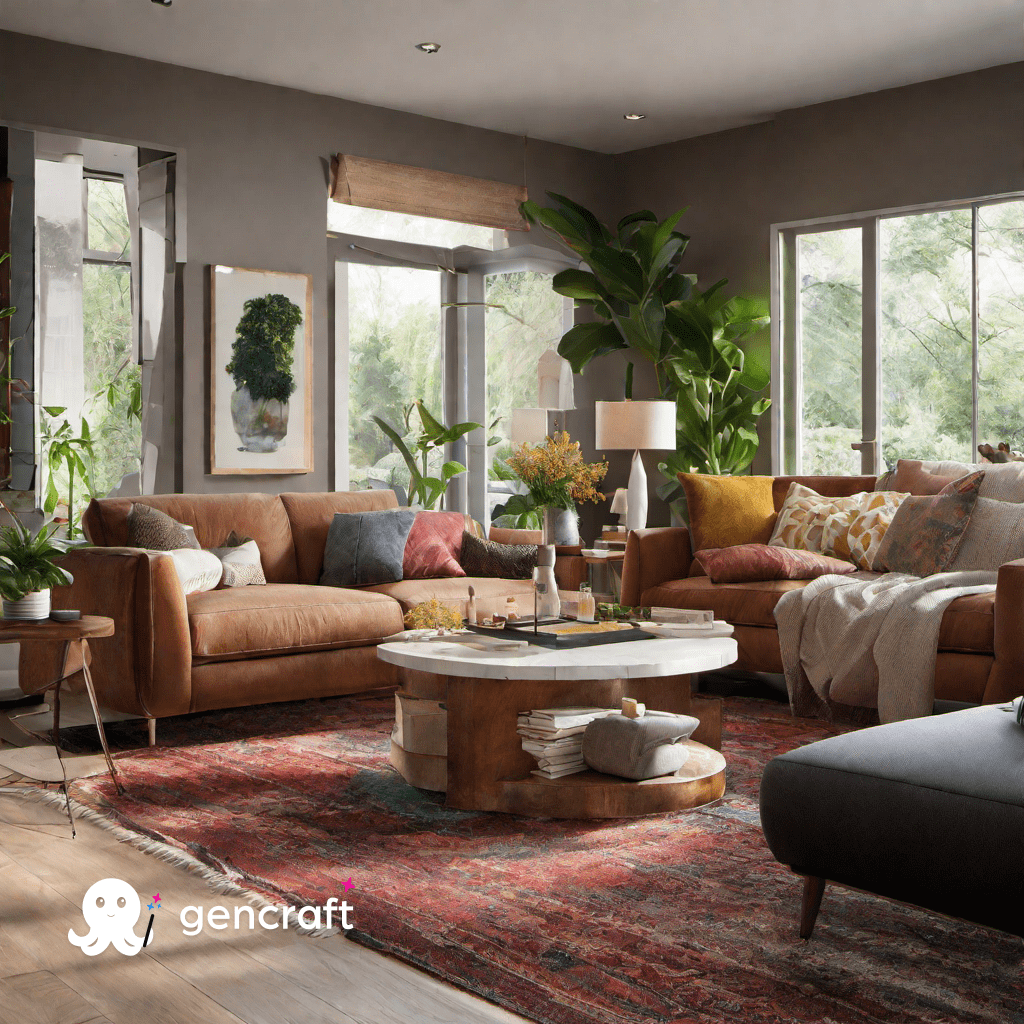




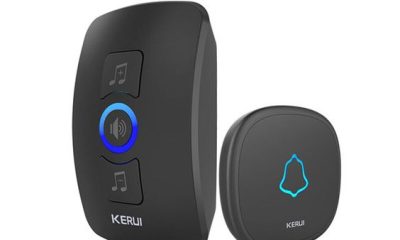

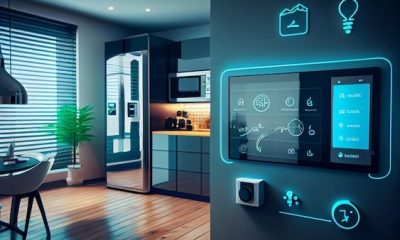

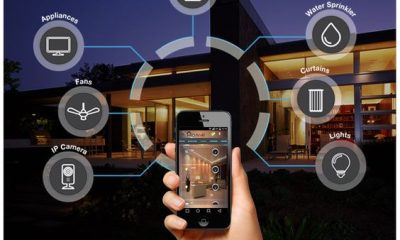











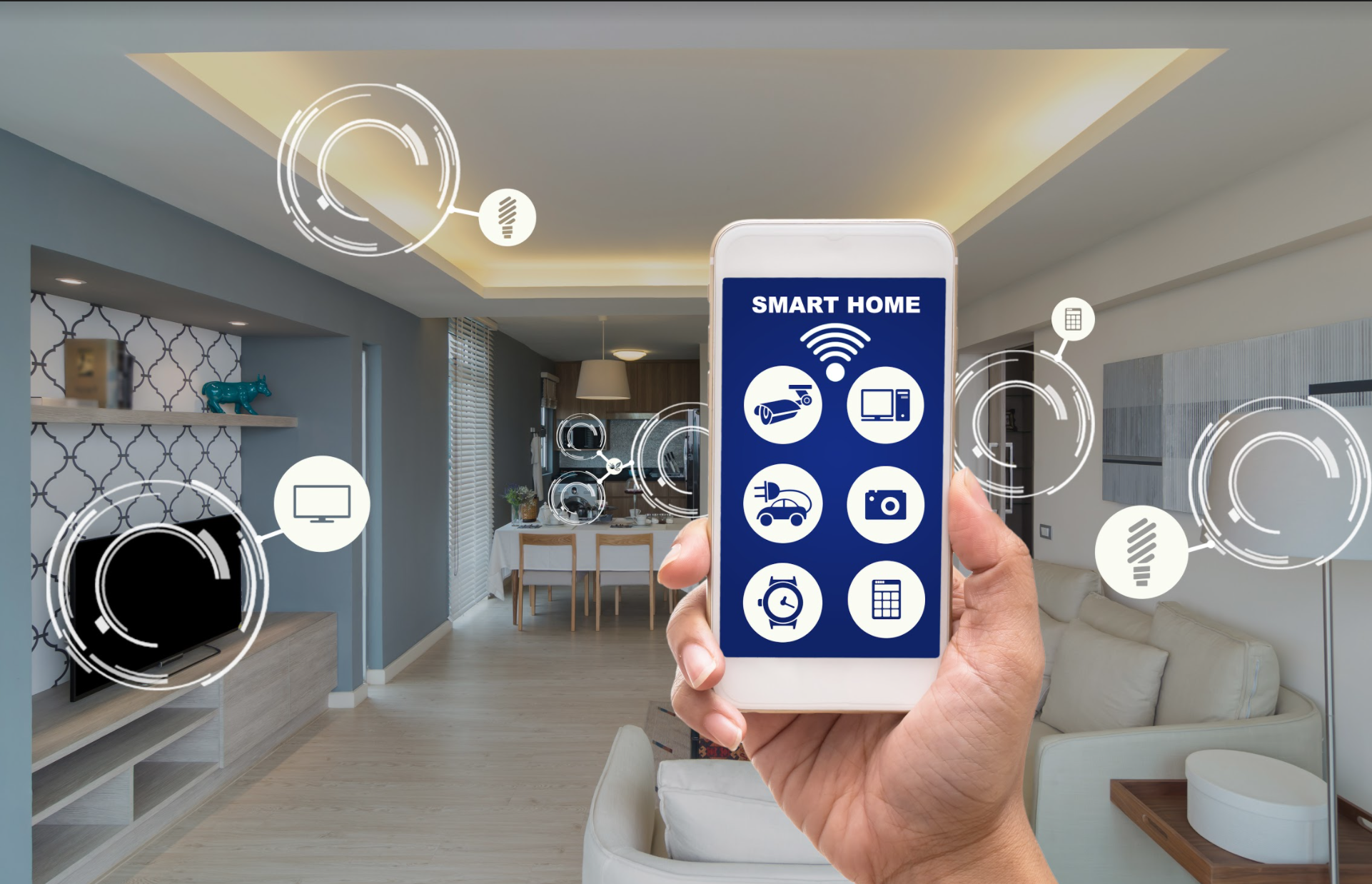
Pingback: Best Smart Home Alarm System 2023 » ArenaHub